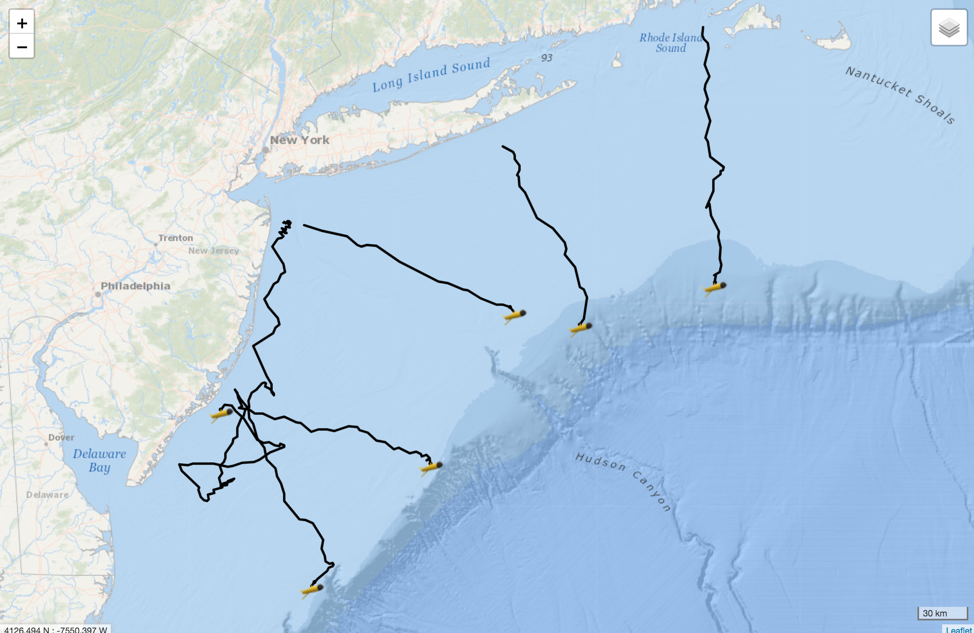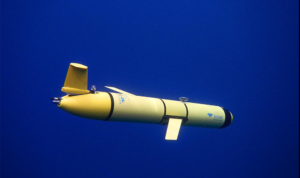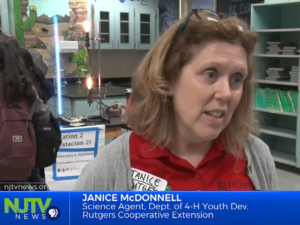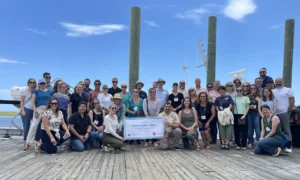Rutgers University, the University of Massachusetts Dartmouth and Stony Brook University deployed 6 gliders to monitor the Mid-Atlantic Bight’s fall transition from highly stratified to well-mixed ocean conditions. Deployments began in late September and continued through Mid-October. One glider is a shallow near-shore glider deployed to monitor water oxygen concentrations and the other 5 gliders are swimming cross-shelf lines from 15 – 200 meters. Funding for this group of gliders was provided by the New Jersey Department of Environmental Protection (NJDEP), the Mid Atlantic Regional Association Coastal Ocean Observing System (MARACOOS), National Oceanographic and Atmospheric Administration (NOAA), Office of Atmospheric Research (OAR), the National Science Foundation (NSF) and the New York Department of Environmental Conservation (NYDEC). The specific goals of the deployments vary from improving weather and ocean forecasting, monitoring near-shore oxygen concentrations and ocean pH as well as additional physical, biological and chemical conditions in the Mid-Atlantic Bight. Data from these gliders is being fed, in near real-time, to the IOOS Glider Data Assembly Center to help improve the models used to forecast hurricane tracks and intensities.
Track the glider fleet’s progress here.




